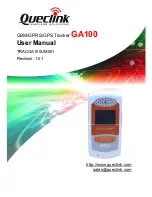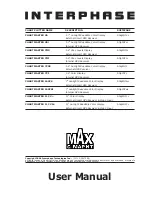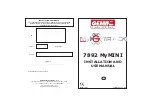
2. WIRING
2-4
NMEA0183 equipment
To connect an NMEA0183 equipment to TZTBB, use the CAN bus network via the op-
tional NMEA data converter IF-NMEA2K2 (or IF-NMEA2K1). This NMEA connection
can accept a baud rate of 4800 or 38400.
Heading input to TZTBB allows functions such as Radar Overlay and course stabili-
zation (North up, Course up, etc.) in the radar operating modes. The NMEA0183
heading refresh rate needs to be 100 ms in order for any radar function to work prop-
erly. NMEA0183 heading can be accepted on any CAN bus port at a baud rate up to
38400 bps. In other words, data sent (IF-NMEA) and received (TZTBB) must use the
same baud rate for each individual data port.
Note:
Heading data from a CAN bus source/sensor is always at the correct refresh
speed for the DRS ARPA function.
2.1.4
VIDEO, DVI-D, AUDIO or USB ports
How to connect VIDEO, DVI-D, AUDIO or USB ports
The above-mentioned ports are behind the connector cover on the rear panel. Access
the ports and connect cables as shown in the procedure below.
Note 1:
The processor unit must be mounted indoors to do this connection because
of reduced waterproofing.
Note 2:
DVI OUT1 takes priority over DVI OUT2. Use DVI OUT1 port and USB2 to
connect a single touch monitor.
1. Attach waterproofing tubes to the DVI cables.
Open the slit on the waterproofing tube and set the tube to the DVI cable between
the connector of port DVI-D OUT0 and the EMI core.
Attach supplied cable ties at each end of the tube.
Note:
Attach the waterproofing tube also to the external DVI monitor cable whose
outer diameter is less than 9 mm.
EMI core
Waterproofing tube
DVI cable connector
Fix with
cable ties













































